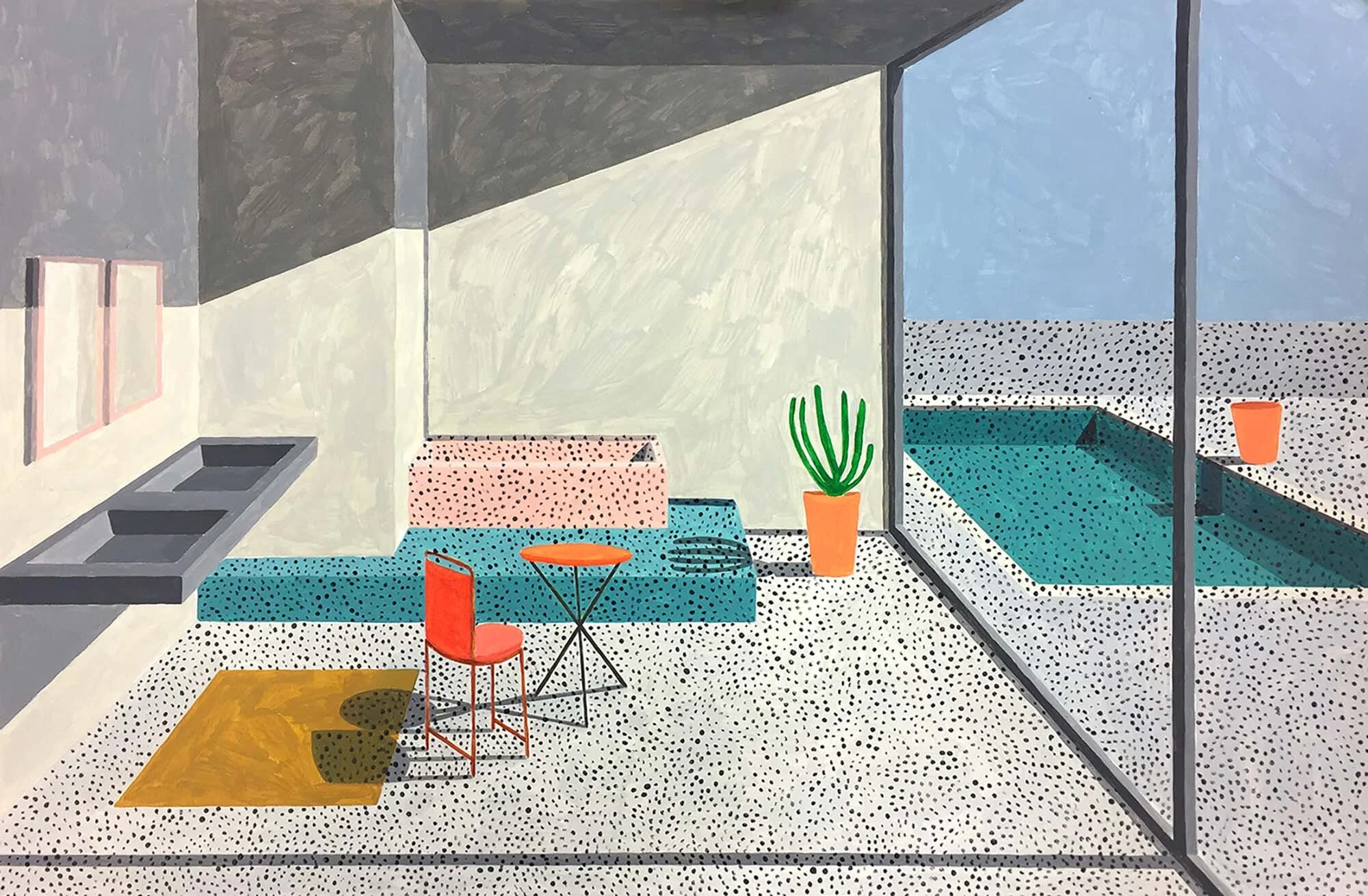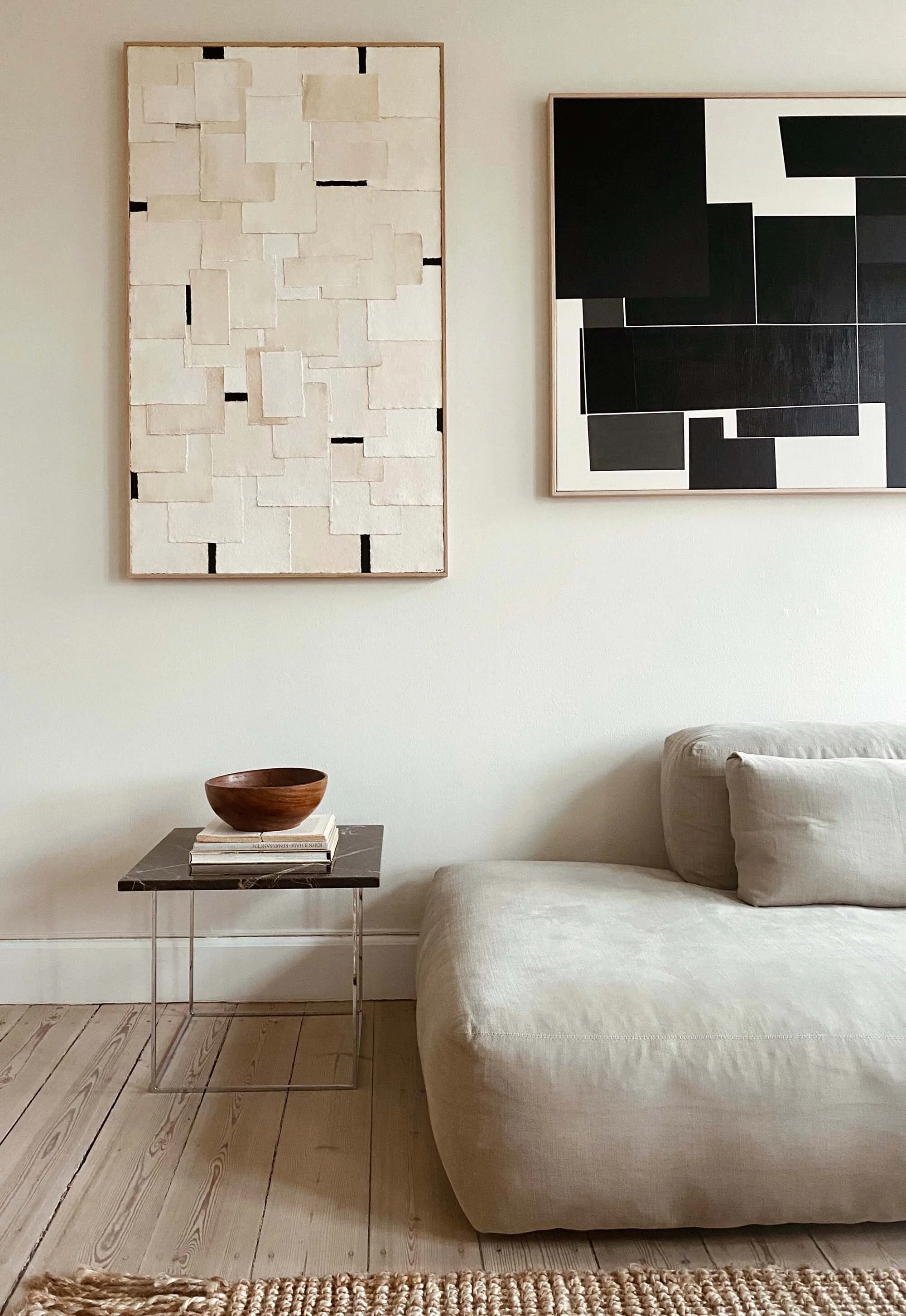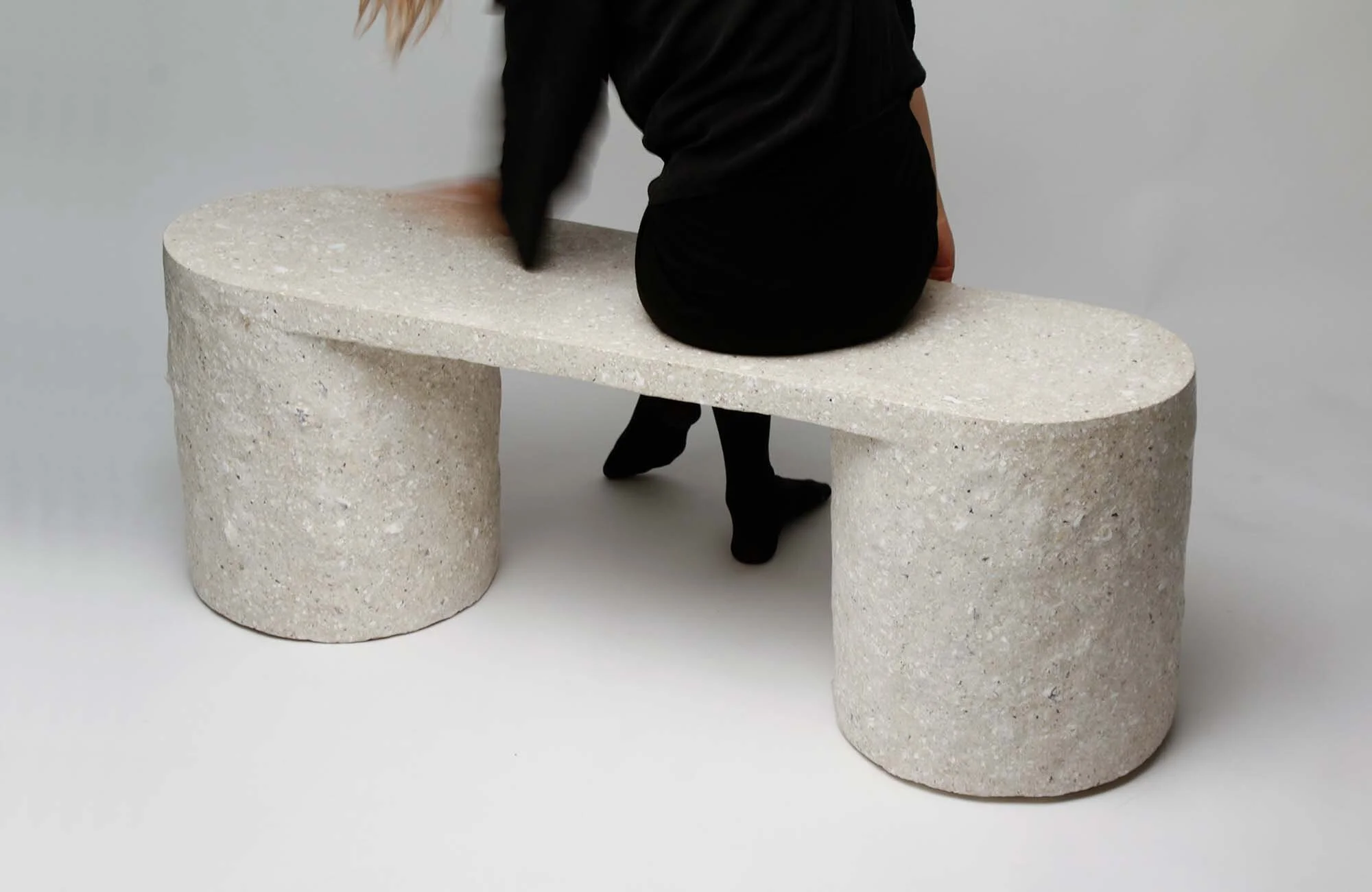Sink Into the Realistic and Enchanting Spaces of Reisinger Studio
Sink Into the Realistic and Enchanting Spaces of Reisinger Studio
Founder and Designer Andrés Reisinger Talks Sensibility, Style, and Surreal Realities
Name:
Andrés Reisinger
Digital Photography:
Andrés Reisinger
Words:
Caroline Meeusen
Barcelona-based Reisinger Studio is a multidisciplinary design practice where founder Andrés Reisinger creates the most beautiful and uplifting 3D interior and product designs. Andrés is an artist and director as well as a product, interior, and graphic designer, and co-founder of Six N. Five. His experience, in combination with contemporary culture, is at the heart of his studio. Creating spaces that look imaginative but at the same time are realistic, Andrés opts for a soft and bright atmosphere often using colors like pink, orange, yellow, and blue, and organic, rounded shapes. The designs by Reisinger Studio generate an almost endearing and enchanting feel. Reality and imagination merge, resulting in impressive dreamscapes. Andrés has previously worked with renowned interior and furniture designers such as Patricia Urquiola, Cassina, Studio Proba, and Ikea and with brands like Nike, Massimo Dutti, Samsung, and Microsoft. Today, the designer talks sensibility, style, and surreal realities.
VISUAL PLEASURE Magazine: How did you become a designer? Did you always know you’d end up in the creative sector?
Andrés Reisinger: As a child, I studied music and harmony at the Conservatory of Classical Music. But in my adolescence, I was more interested in audiovisual practice. That's where I found a discipline that I spent millions of hours on: graphic design. I was introduced to 3D tools by a friend of mine that was studying architecture when I was 18 years old. From that moment on, I have been playing with 3D software day and night. I'm a total dependent of these tools so much that sometimes I prefer to sketch directly in 3D rather than drawing on paper.
I went to FADU UBA University [ed. note: Facultad de Arquitectura, Diseño y Urbanismo at the Universidad de Buenos Aires] in Buenos Aires to study graphic design, but the majority of professors were architects, so I spent lots of time playing with space and light. Also, for reaching plain 2D results we were guided to start from material explorations and installations. It was crazy, we were creating projects from concrete casting to wood engravings. I can't think of any other mind-expanding experience than staying in the university with the class discussing projects until 3 a.m. It's something that I’ll never forget.
Why did you decide to move on from Six N. Five and found your studio?
I was one of the founders and creative directors of the studio from day zero. It is a beautiful studio and is still run by great people. Over time I realized that I am not only a designer, but I am a creative human as well. Under no point of view would I accept the limitation or restriction of my creative outputs, be they digital, physical, or whatever the curiosity. By the time I decided to branch out. I was spending many hours translating my digital objects into physical products, and that was not what the studio was doing or expecting me to spend time on. This was two years ago and now it's something that every 3D designer wants to do. When you see that something works, it is always easier to copy than to innovate and take risks. I have always preferred to take risks.
What do you want Reisinger Studio to represent? What does it stand for?
We always strive for sensibility. It doesn’t matter if there’s a perfectly technical resolution if the result is something that can’t shock you emotionally. We are always looking for sensible actions and results. Reisinger Studio is established by a digital team and a physical team. The digital team is mostly formed by graphic designers and art directors working on 3D and animation. And the physical team is mostly formed by product designers and artisans working on new designs or research and development for translating digital objects into physical pieces.
How would you describe your style and design approach?
Sensibility, driven by Modernism, with a subtle sense for color.
How do you try to merge your style with the wishes and style of the client?
When you work with sensibility, there’s always room for your own style.
Where do you search for and find inspiration?
Almost everyone in the studio is also a musician and it’s great to refer us to exact albums for indirect inspiration. We also take inspiration from books from authors that are very visually descriptive. Film directors are always a must. Modernist architecture and art installations as well.
What do you do when you have “designer’s block?”
Going down rabbit holes that motivate your curiosity is the key to staying clever.
Bright, soft colors like pink, yellow, and orange, and organic, rounded shapes seem to be recurring elements in your work. Why is that and why do you love to use these?
We use pale pink colors mostly and it closely analogs like yellow, orange…since it is a color that every human has very internalized. We have these colors in many parts of our body, whether inside the mouth, our sexual organs, skin tones, etc. Therefore, all the colors of our body we like, they move us and make us feel at home. We use the subtlety of the combination of opposing textures, the materials we use (soft and opaque carpets as opposed to hard and shiny metal elements) define spaces where surreal sensations merge with textures and reflections. The purity of the organic shapes is timeless, they always refer to our bodies, our shapes.
The spaces and settings seem futuristic and imaginative, but still very realistic at the same time. How do you find this balance?
I like to work with context. So, I try to deform reality but not too much. There's where I find my surreal output. My work cannot be too explicit or it blends into what we already know. A slight strangeness is the key. If it’s too weird it’s instantly dismissed and if it's not strange enough, it is absorbed into everyday reality.
What are you working on right now and what can we expect from Reisinger Studio in the future?
On the physical side, we have recently presented our new object: the Matsumoto Bench. We are now working with a gallery which has a prominent name in the art and design world in order to build more visibility for special collectors. I can't say much for the moment. We are also finalizing the research and development stage for a collection of lamps. And on the digital side, we are always designing new objects, images, and animations for different clients.















